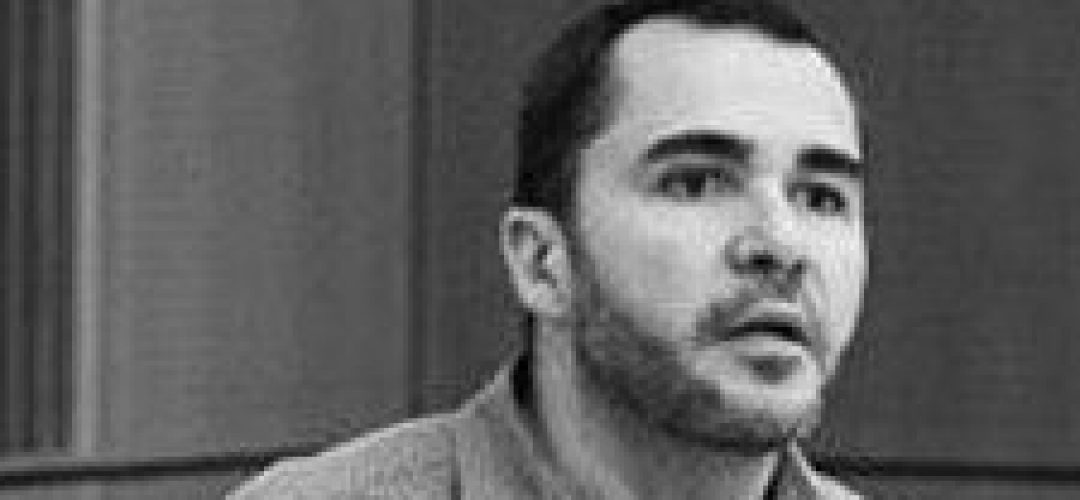The Public University that Was (Part I)

by Pedro Garcia-Caro, Secretary
At a recent meeting of the Oregon Consortium of International and Area Studies (OCIAS, based in the College of Arts and Sciences, CAS), which brings together programs such as Latin American, African, European, Asian Studies, and the Department of International Studies among others, one of the perverse effects of privatization in higher education which I discussed in my previous article was once again revealed: private funding overrules faculty governance and expertise, top-down managerial choices decide student access and needs. In sum, the merits of an academic area of research are measured by how much interest it may attract from a private donor. But is that the “public” of a public institution? Faced with the final blow to the interdisciplinary configuration of area studies at the UO, i.e. the demotion of their directors, their exclusion from college-wide leadership meetings, and the disappearance of their meager compensation, private donors could secure a program’s survival and make a difference – they will lend you a hand, or rather a footing in your (formerly public) college.
International Area studies were conceived as central spaces where faculty with diverse research agendas in a specific geographic area of the world could develop an academic community to share resources, find support for transformative academic events, develop research collaborations, and cross-list their class offerings. Global or international studies also satisfy a clear public need to develop in-depth knowledge of cultures, geographies, languages, and societies in what some of us call an international civilization, or what some see as a global marketplace. Professors involved in area studies programs bring the world into the classroom and into our campus: their linguistic expertise, their in-depth field research in a wide range of places and disciplines guarantee the rigor of the international education we are able to offer. In university campuses, this sense of a shared intellectual community of interests around different areas or regions of the world cuts across traditional disciplines and departments, and it fosters spaces for cutting-edge interdisciplinary “trans-border” collaborations. Already, funding for these programs at the UO was embarrassingly defective from the outset: in many cases, no faculty FTE (i.e. no full-time faculty hire) was ever provided when minor and major degrees were designed and approved; for some programs, this agonizing delay has lasted for more than a decade while ongoing constant upper administration turnaround in the College and Provost offices (with their related six-figure PEBB golden parachutes) neglected them, creating a vicious cycle of agonic scarcity and lack of institutional support for entire communities of top scholars and highly motivated students. Past Program Directors, like Carlos Aguirre (History) in Latin American Studies did for years the bulk of advising students all the way to graduation, convening faculty meetings, and overall academic programing, in exchange for one annual course release, a modest stipend added to their base salary (around $2,000), and management of very limited annual program funds (around $4,400) to organize and sponsor activities related to their academic program. In other words, they were producing sheer magic out of thin air. The deliberately hollowed-out center of the program relied on the good faith and volunteering efforts of committed participating faculty. For those who love the bottom line, the current average cost of running an international program at the UO is roughly $16,000. That is, the program’s annual running cost equals less than what a single major in Asian Studies pays for a full year of study at the UO. By the way, the limited number of classes each program can offer – three or four a year – have to demonstrate every time full enrollment for future viability, that is, they have to produce actual revenue for CAS. All these many efforts, which have contributed greatly to the UO’s standing as an internationalized and internationalizing campus, and which our students and parents take for granted as part of a modern liberal arts institution, of a public research university experience, could be dramatically reduced within the next year. Except of course, for those programs who for whatever accidental reason, may have been lucky enough to be placed on a development officer to-do list, and might have landed a gracious tax-deductible, earmarked contribution from a well-to-do citizen.
The logic goes as follows: if you, as an academic in a public university, have access to private funds, you can trump the much-cited paradigm of public interest, student demand, credit hours, or even academic excellence around town – your program will appear as “viable” and even “successful” in this increasingly corporatized culture. “Private money,” regardless of its seemingly glamorous or obscure origins, or the fact that it actually has become “public” as a tax deduction to its donor, calls all the shots around this (college) town. Following the administrator-on-the-road model, academics should now devote their time, and demonstrate their research excellence, around their ability to attract such golden donations. Whether we as a society may need knowledge of environmental or health conditions across the Southern US border, Korean language and cultural skills, proficiency in Arabic, Portuguese, or Russian, including crucial cultural contexts to participate in conversations or negotiations in those languages, it all now relies on the better impulses of our local “captains of industry” and their alliance with our leadership. If we follow this path, experts in these fields will soon no longer shape priorities, identify needs, agendas, or standards, or even lead the change, they will have to rely on the happy coalition of a kind donor and a willing administrator to decide the future of their learning community and of our society’s preparedness in the national and international scene. More and more the aspirations of families and individuals who consign their everyday economy to their continued faith in social progress and professional success, are bartered by the secretive agendas and decisions of a small group of former academics turned well-heeled administrators in the flashing VIP lounge of a football stadium, blinded by the fortunes and desires of the opulent few. The founding principles of public institutions at the service of the many, of higher learning at the heart of an enlightened citizenry, continue to corrode in this corporate drift towards realizing private interests.

